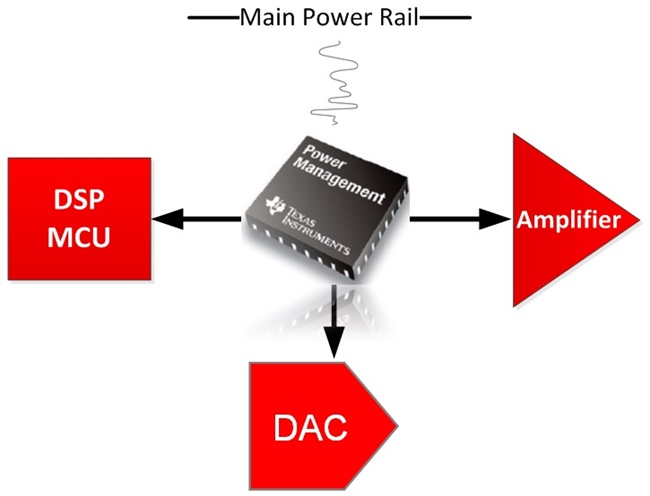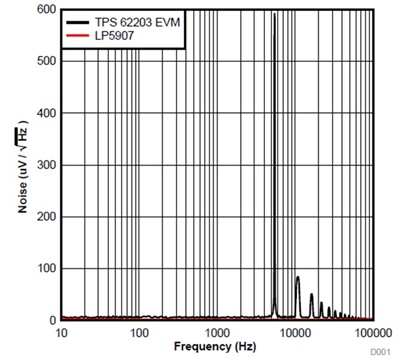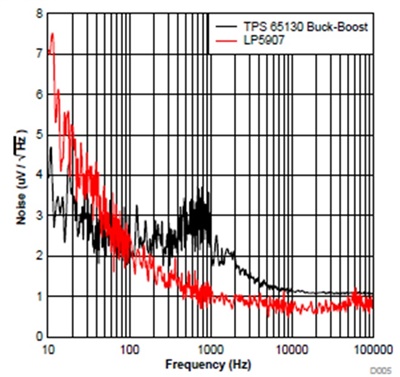SSZTC86 September 2015 LP5907 , TPS62203 , TPS65130
High-fidelity (Hi-Fi) audio is a combination pure and harmonic sounds, so captivating that the listener is transported to a higher level of bliss and happiness. Thanks to technological advances the Hi-Fi experience is becoming widely available in portable devices like smart phones, tablets, media players and many more.
Figure 1 shows the main components that contribute to Hi-Fi audio; at the center of the diagram is the power management (PM) system. The PM directly affects every component in the audio signal chain. It’s essential to design a low-noise and low-ripple power supply to avoid unwanted signals that can affect the noise-sensitive components in the systems.
 Figure 1 Main components for Hi-Fi
audio systems
Figure 1 Main components for Hi-Fi
audio systemsDetailed information and test data of a low-noise power supply for Hi-Fi applications can be obtained by looking at one example in a reference design for audio applications, TIDA-00571. Figure 2 from the TIDA-00571 design compares the noise density of the TPS62203 buck regulator with the LP5907 LDO; the buck converter has a notorious spike and subsequent harmonics within the audio bandwidth of 20 Hz and 20 kHz.
Figure 3 compares the LP5907 (LDO) and TPS65130 EVM (buck-boost).It is notorious that the white noise is higher in the buck-boost device, adding an LDO after the buck-boost will greatly improve the noise over a wide range of frequencies.
 Figure 2 Comparison between
TPS62203 EVM and LP5907
Figure 2 Comparison between
TPS62203 EVM and LP5907 Figure 3 Noise comparison between
TPS65130 Buck-Boost and LP5907
Figure 3 Noise comparison between
TPS65130 Buck-Boost and LP5907Figure 4 compares the output ripple of the boost converter with the quiet output voltage of the LP5907. The notorious 45mV in the blue trace is nonexistent at the LDO output.
As we have seen LDOs offer considerable benefits over switching topologies for noise-sensitive applications, especially in the low frequencies range like Hi-Fi audio systems.
For other design advice related to LDOs, check out other blog posts.
Additional Resources:
- Find help designing a quiet power supply with this TI Designs reference design.
- Consider the low noise and small footprint LP5907 for your next design.
- Learn more about our LDO portfolio at http://www.ti.com/ldo.